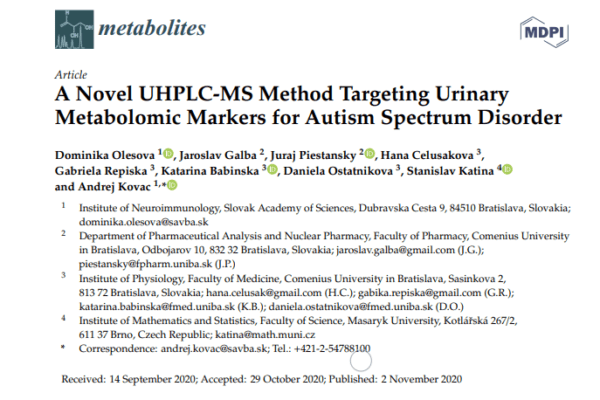

Abnormal neuronal morphology and altered synaptic proteins are restored by oxytocin in autism-related SHANK3 deficient model
AUTORI: Reichová, A., Bačová, Z., Bukatová, S., Kokavcová, M., Melišková, V., Frimmel, K., Ostatníková, D. and Bakoš, J. ABSTRACT: Oxytocin has been suggested as a potential therapeutic agent in autism and other neuropsychiatric conditions. Although, the link between the deficit in “SH3 domain and ankyrin repeat containing protein 3” (SHANK3) and autism spectrum disorders is









